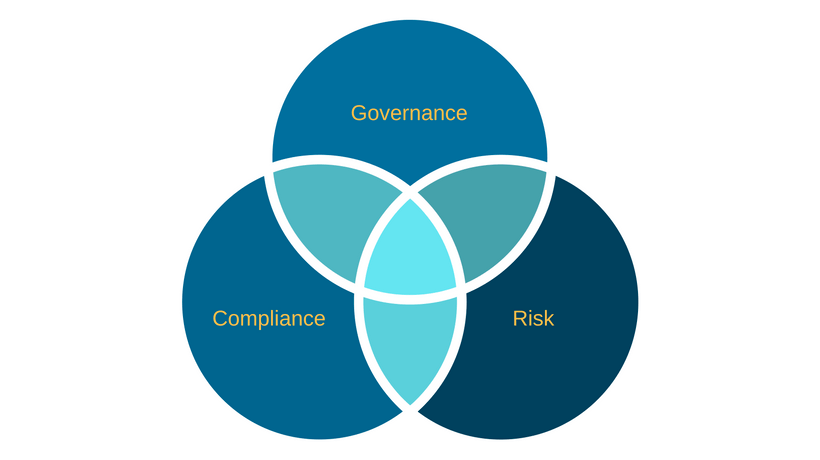Imparting A GRC Online Training Program: What You Need To Know
Governance, Risk Management, and Compliance, the 3 components of GRC online training:
- Governance refers to the formal framework that businesses adopt in order to manage several decision making processes.
- Risk management refers to the forecasting and evaluation of financial risks and the process of identifying procedures to minimize these risks.
- Compliance is the process of adhering to all the internal and regulatory rules and procedures when it comes to managing the business.
What are the benefits of GRC training?
1. Enables Process Continuity.
GRC training is essentially a knowledge management process that teaches new employees the best practices for effective governance, compliance, and risk management. In the absence of a GRC training program, you are likely to disrupt the business process each time a new employee comes on board. GRC training helps these employees avoid the mistakes committed in the past and thus instantly be on the same page as everybody else in the organization.
2. Keeps Costs Down And Efficiency Up.
GRC training helps keep costs down and to increase efficiency especially when it comes to compliance. Not adhering to the established rules can directly impact the bottom line. Not only that, many compliance requirements like HIPAA are mandated by law and if such violations are identified during an audit process, it can result in civil and criminal penalties.
Building A GRC Online Training Program
Not everyone in an organization needs to be trained on all the components of GRC. For instance, a developer working on a healthcare software may be required to learn compliance, but may not necessarily need risk management and governance related programs. So it is important to build an eLearning package that can either be administered as one course or be split into independent components like governance, risk management and compliance.
Another point to account for is scope for modification. Regulations change all the time and so do compliance related requirements. An eLearning program should be capable of accommodating fresh updates without the need for extensive changes.
You should also make the course relatable to the audience. The GRC online training program is meant to bring learners up to speed with other members in an organization. For this, it is important to not make your course too extensive and restrict the program specifically to matters that concern the specific business. Also, it is ideal for an eLearning program to contain examples and references of the specific industry that the learners come from. This helps them relate to the content of the course and apply the lessons learned directly upon induction.
The Need For Convergence
As we noted earlier in this article, GRC online training programs need to charted in such a way that they can be administered as separate components to learners. The reason behind this is also why there needs to be a convergence of the various elements of GRC. Too often, the various departments within an organization operate in silos. This not only results in a scenario where they do not share information (and lessons learned) with the other departments, these different departments also end up with different frameworks and systems to solve similar challenges. Building an eLearning package targeted at managers and the senior leadership of these various departments must focus on convergence. This helps in a more efficient transition of information among the various departments.
Translating Lessons Into ROI
GRC learning modules can be quite dry and theoretical in nature. A lot of educators thus focus on the operational aspects of the subject with very little emphasis on the benefits gained through better risk management or compliance. Creating standard operating procedures (SOPs) for risk management or compliance leads to higher efficiency and productivity. This leads to savings and thus an improved bottom-line. Similarly, reducing risk factors leads to fewer breaches and thus higher savings. By translating the various aspects of governance, risk management, and compliance into monetary savings, educators can help businesses identify KPIs to measure performance.
It is necessary to acknowledge that no two organizations are alike in terms of their governance or operational strategies. A GRC online training package should hence be customized and also personalized to suit specific departments and organizations.

